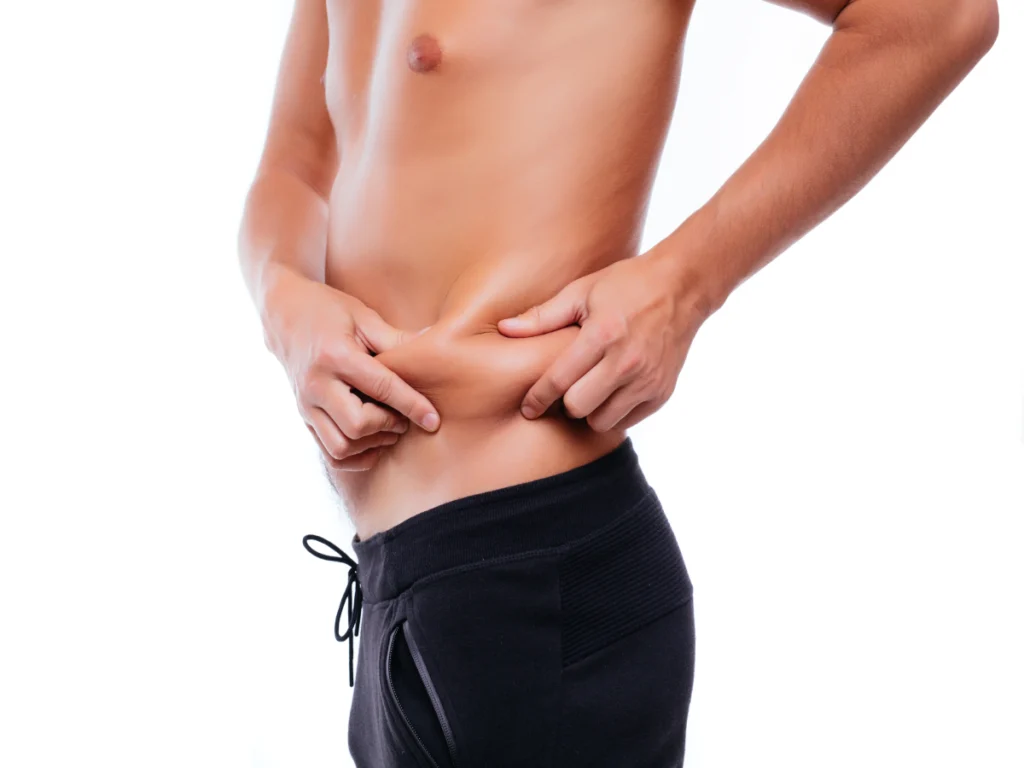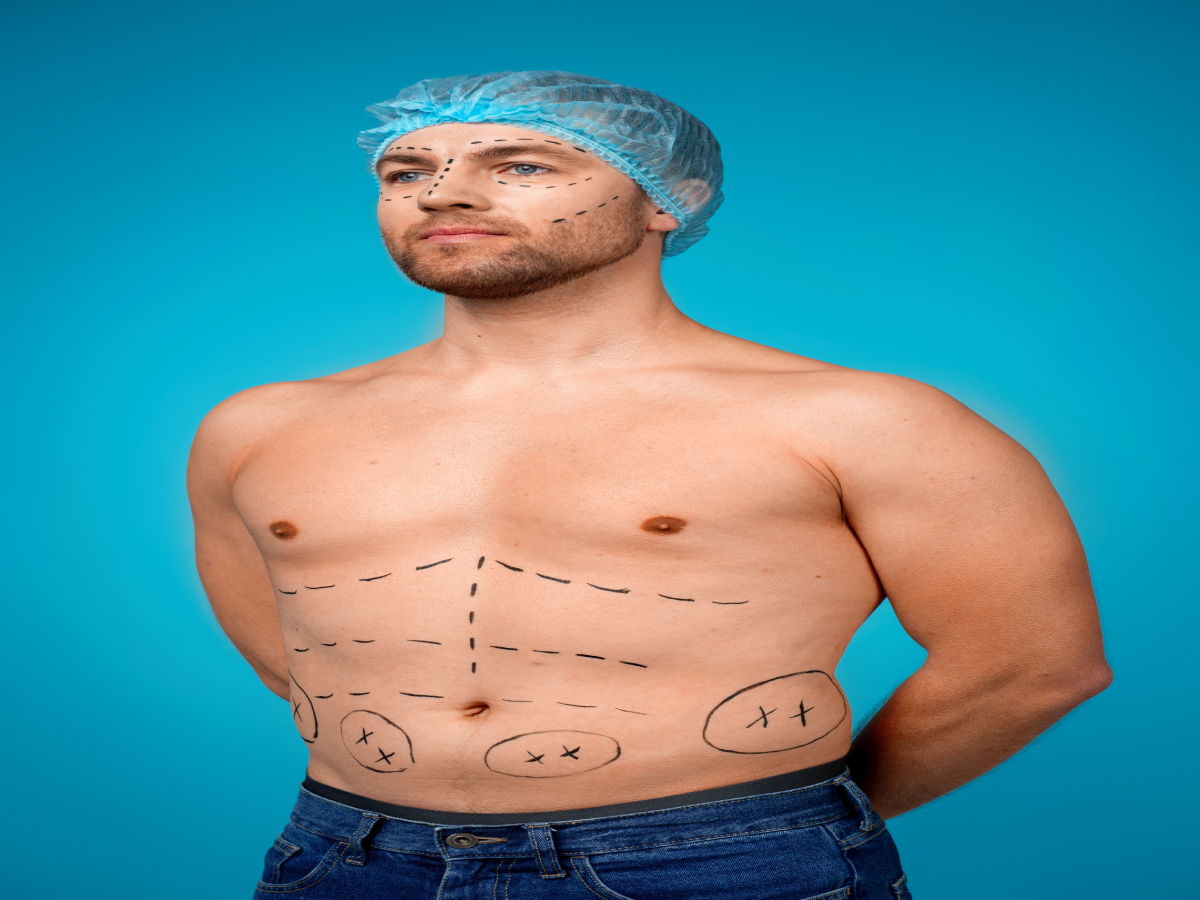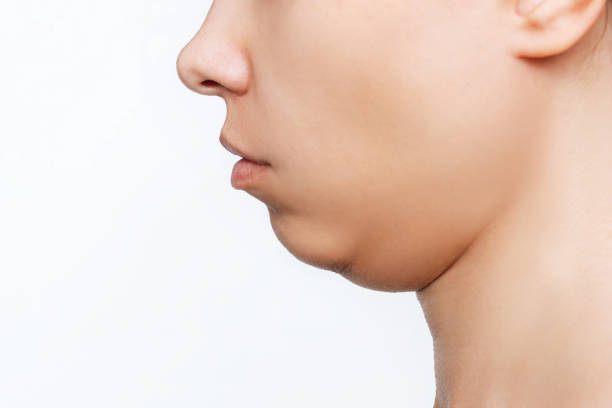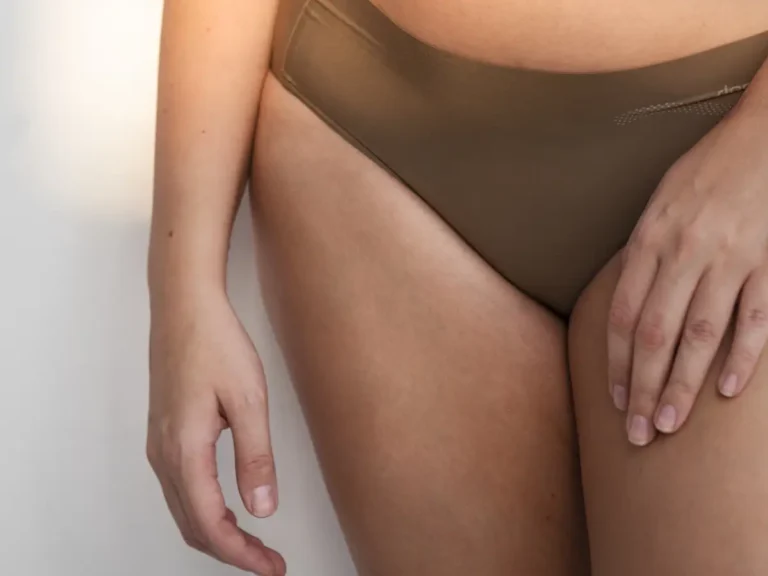More and more men are turning to a solution that can help sculpt their bodies and boost their confidence.
Liposuction is not a procedure for women alone, as it was in the past; it has evolved that way. Indeed, male liposuction is on the rise as men discover that it adds value to their abs and quality of life.
Get a Free consultation with experts.
Here, we will provide a comprehensive guide on male liposuction, covering everything you need to know about this procedure, from the benefits to the actual procedure and its duration.
Whether you want to drop that beer stomach, remove the stubborn fat around your waist, or just have a better, more masculine body, liposuction may just be the thing you’ve been looking for.
Therefore, without further ado, let’s jump straight to the facts you’ve been seeking about male liposuction your path to a happier, self-assured you begin now.
Does liposuction for men work?
Yes, male liposuction is becoming more and more popular. Liposuction is sometimes a beneficial way to get rid of extra fat that won’t go away with food and exercise alone.
You can look and feel better after liposuction because it can improve your general body.
Benefits of Liposuction for Men
- Safe and Effective Fat Removal: No problems arise. You will heal faster and have a lower chance of problems if you follow the advice you received during your visit.
- Get rid of cellulite: Cellulite is believed to affect about 10% of men. Unlike some other procedures, liposuction can also help get rid of cellulite.
- Improved self-esteem: Having cellulite or extra body fat can make you feel uneasy about your own confidence. Most guys feel better about themselves after making the choice to improve their bodies.
- Improved Health: Heart disease, diabetes, and gout are just a few of the health problems that can happen if you are overweight. Liposuction eliminates excess fat, leading to a significant improvement or prevention of these conditions in many individuals. You may be able to reduce or eliminate your medications after surgery.
Risks
Liposuction has risks, just like any other surgery. Some of these risks include bleeding and having a bad reaction to drugs. There are other unique risks associated with liposuction.
- Problems with the contours: Because of uneven fat loss, scars, and skin that isn’t flexible enough, your skin may look bumpy, wavy, or dry. These changes might last for a long time.
- Fluid accumulation: Under the skin, seromas, which are short-term pockets of fluid, can form. Clearing them might require a needle.
- Being numb: You may experience numbness in the treatment areas, either temporarily or permanently. The area’s nerves may also feel tense.
- Getting sick: Skin diseases are not common, but they can occur. A severe skin condition could kill you.
- Puncture inside: Sometimes, if the tiny tube used in surgery goes too deep, it can puncture an organ inside the body. Emergency surgery may be necessary to immediately fix the part.
- Embolism of fat: Fat may separate and become lodged in a blood vessel. After that, they might gather in the lungs or go to the brain. Fat embolism is a very serious health problem.
- Issues with the kidneys and heart: When performing extensive liposuction, fluid circulates. This can lead to kidney, heart, and lung problems that could be life-threatening.
The procedure for male liposuction surgery

before the procedure
During your first appointment, your surgeon will check out your health and go over the procedure in excellent detail, including any risks and restrictions.
we will do this to make sure you fully understand the process. Talk to your surgeon about what you hope to achieve, and pay attention to what they have to say.
We perform vaser liposuction under either general anesthesia or local sedation. This is going to depend on what your expert says.
In order to get ready for surgery, your doctor will tell you what to eat and drink, and whether to take vitamins, iron tablets, or certain medicines.
We advised you to stop smoking two weeks before and after surgery. In addition to speeding up your recovery, this will also help your cells heal better and keep you from having any unexpected problems.
The doctor or nurse will measure your body so that they can order compression gear for you to wear after surgery if they think it’s necessary.
Areas that can be treated with liposuction surgery

Arms: Many men also express concern about the excess fat surrounding their arms. After losing weight, the arms are often one of the last parts of the body to lose fat. This can make your arms look out of proportion to the rest of your body.
Men boobs: Gynecomastia, also known as “man boobs” or the growth of male breasts, is a common issue that men seek our assistance for. Men can get smaller breasts through gynecomastia surgery, which also flattens and improves the shape of the chest.
Stomach (or Abdomen): Men often gain weight around their middle. Many men will have the feared “beer belly” or “pot belly” at some point in their lives. Even if it’s not due to excessive beer consumption, a noticeable beer belly can negatively impact your self-esteem and confidence.
Buttocks: Liposuction can change buttock size and shape, but the results vary. By carefully removing fat from the area, you can make your buttocks smaller while also making your back look more lifted, rounded, or perky.
Chin, neck, and face: Liposuction can help with a sagging or falling neck, a double or triple chin (also called submental fat), and body shaping for different body shapes. Lipo can change the shape of your face by getting rid of small amounts of fat or fixing a chin that is sinking in.
During the procedure
Incision and Fat Removal: After anesthesia, the surgeon makes small incisions in the target areas. A thin tube, or cannula, is inserted through the incision to break up the fat deposits. Using a suction device or syringe, fat cells are suctioned out through the cannula.
Shaping and Contouring: The surgeon sculpts the remaining fat to ensure smooth contours and even results. For men, the focus is often on creating a more muscular, defined look with less emphasis on curves than in female liposuction procedures.
Closure and Recovery: The incisions are closed, usually with stitches, and the treated area is bandaged.
Liposuction for men recovery time

After male liposuction, you must take a week off from work to rest and heal.
It is normal to feel pain, swell up, and get bruises. There is no reason to worry. We will give all the patients painkillers to make things easier and speed up their healing.
our surgeons advise wearing a compression suit at all times for 4 to 6 weeks following surgery to protect the scars and reduce swelling.
Most people’s swelling goes down slowly between 7 and 21 days after surgery, but it can take up to 12 weeks for it to go away completely.
You should avoid heavy work or strenuous exercise for 4 to 6 weeks following male liposuction to ensure full healing.
Liposuction for men costs
We can’t give standard prices because each treatment is designed to the specific needs of each patient. This is because every patient we see has different needs.
To give you an idea of how much liposuction might cost, here are the starting prices for some of our most popular liposuction methods for men:
- boobs and gynecomastia start at $2,200.
- Abdomen and waist start at $2,500 to 5,000.
- Upper arms start at $1600 to 2000.
- Chin and neck start at $2950 – 3150.
Start Your Journey with a Free Consultation with the Experts
Are you ready to start building your dream body? At Med Consulto, our expert surgeons specialize in liposuction, helping you sculpt and contour your body to perfection. Contact us for a Free consultation.
FAQ:
What is the best fat removal for men?
For most men, the high-definition liposuction technique (Ultrasound-Assisted Liposuction) makes the most sense to help them transform their body and look truly ripped.
Is male liposuction painful?
No, they will be under anesthesia during the procedure, so you will not feel any pain. After your procedure, you will feel moderate pain and soreness for a few days, but this discomfort is typically manageable with medication.







